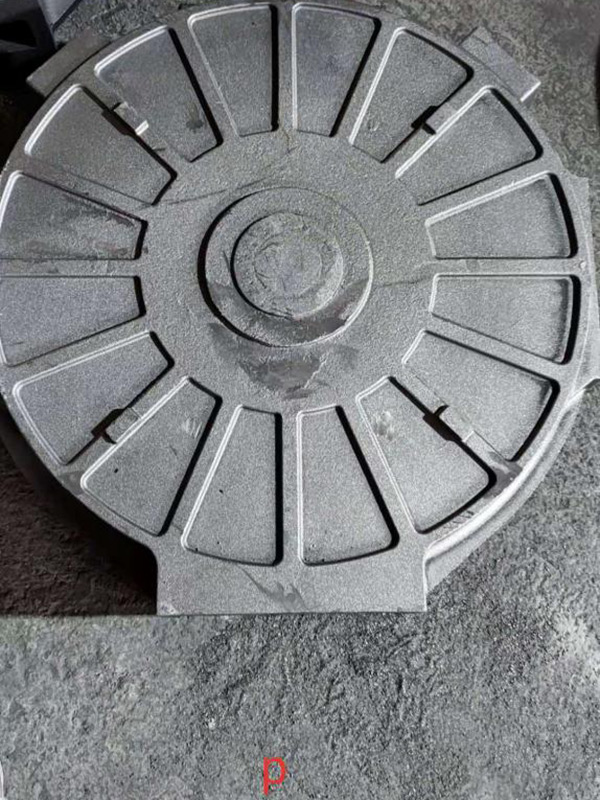The Unbreakable Connection Exploring Super Sand Bond
In the ever-evolving world of construction and materials science, innovation plays a crucial role in enhancing our architectural capabilities. One of the remarkable advancements in this field is the emergence of super sand bond. This concept not only revolutionizes the way we think about concrete and masonry but also addresses environmental concerns associated with traditional building materials.
At its core, super sand bond refers to a novel composition that integrates specially formulated sand with bonding agents capable of enhancing the adhesion and durability of construction materials. Unlike conventional sand, which can often lead to weaker structural integrity when mixed with cement or other aggregates, super sand is engineered to create a robust and resilient bond. This groundbreaking material utilizes advanced technology to ensure that grains of sand effectively interlock, forming a strong matrix that can withstand various stressors, including weathering, erosion, and mechanical loads.
One of the most significant advantages of super sand bond is its potential to reduce the carbon footprint of construction projects. Traditional concrete requires a substantial amount of cement, the production of which emits large amounts of carbon dioxide into the atmosphere. By substituting part of this cement with super sand bond, builders can significantly decrease greenhouse gas emissions. Furthermore, this innovative material often utilizes recycled sands or byproducts from other industries, promoting sustainability and the circular economy.
The application of super sand bond extends beyond mere structural integrity; it opens up new possibilities for design and functionality. Architects and engineers can experiment with complex shapes and structures without fearing the weakening of traditional materials. The fluidity of design that super sand bond allows is particularly beneficial in creating intricate facades, sculptures, and other artistic elements in buildings. This versatility has made it a favorite among contemporary architects seeking to push the boundaries of creativity in their projects.
super sand bond

Moreover, super sand bond displays exceptional performance in various environmental conditions. Its resistance to water, heat, and chemical exposure makes it suitable for diverse applications, ranging from residential homes to industrial facilities. Areas prone to extreme weather events, such as hurricanes or heavy rainfall, can benefit greatly from structures built with this innovative material. The enhanced durability ensures that buildings maintain their structural integrity, ultimately leading to increased safety for occupants.
In addition to its physical properties, the economic implications of using super sand bond are noteworthy. While the initial investment might be higher due to advanced manufacturing processes, the long-term savings are significant. Reduced maintenance costs, fewer repairs, and a longer lifespan of structures all contribute to a favorable return on investment. As the construction industry continues to explore eco-friendly practices, super sand bond stands out as a promising candidate for future developments.
To further promote the adoption of super sand bond, collaboration between researchers, manufacturers, and construction professionals is vital. Investment in ongoing studies and field tests can help categorize its efficiency across different environments and applications. Ultimately, a collective effort can elevate super sand bond from an innovative concept to a standard practice within the construction industry.
In conclusion, the introduction of super sand bond marks a pivotal moment in materials science, promising enhanced durability, sustainability, and design flexibility in construction. As the world grapples with environmental challenges and the need for resilient infrastructure, embracing such innovations will be crucial in paving the way for a greener and more sustainable future. The unbreakable connection formed by super sand bond not only symbolizes the strength of materials but also represents a commitment to building responsibly and creatively in our ever-changing world.
Post time:des. . 13, 2024 02:23
Next:Innovative Ceramics for Advanced Applications in Energy and Environmental Technologies
